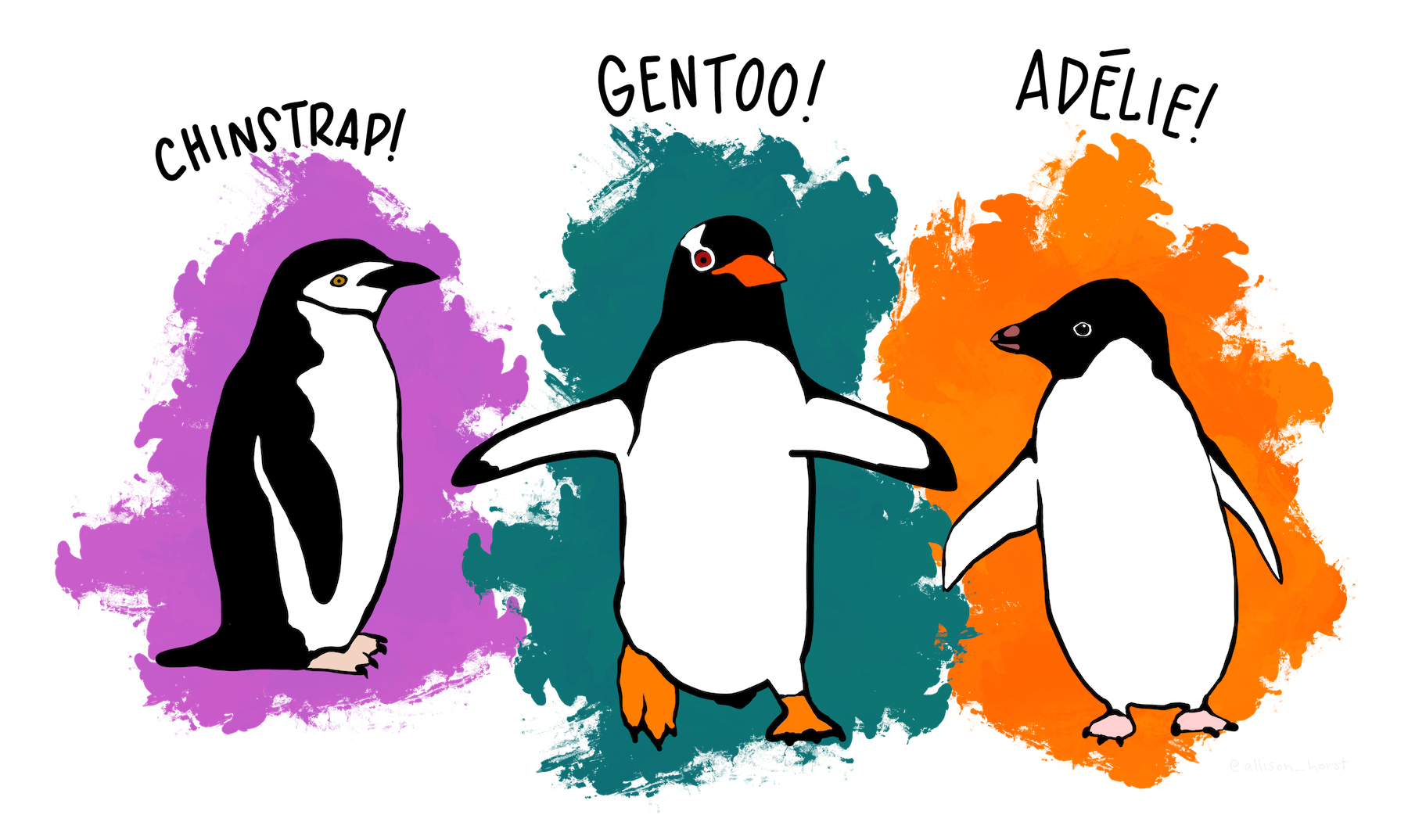generated from carpentries/workbench-template-rmd
-
-
Notifications
You must be signed in to change notification settings - Fork 9
/
introduction.Rmd
100 lines (62 loc) · 5.34 KB
/
introduction.Rmd
1
2
3
4
5
6
7
8
9
10
11
12
13
14
15
16
17
18
19
20
21
22
23
24
25
26
27
28
29
30
31
32
33
34
35
36
37
38
39
40
41
42
43
44
45
46
47
48
49
50
51
52
53
54
55
56
57
58
59
60
61
62
63
64
65
66
67
68
69
70
71
72
73
74
75
76
77
78
79
80
81
82
83
84
85
86
87
88
89
90
91
92
93
94
95
96
97
98
99
100
---
title: "Introduction"
teaching: 10
exercises: 2
---
:::::::::::::::::::::::::::::::::::::: questions
- Why should we care about reproducibility?
- How can `targets` help us achieve reproducibility?
::::::::::::::::::::::::::::::::::::::::::::::::
::::::::::::::::::::::::::::::::::::: objectives
- Explain why reproducibility is important for science
- Describe the features of `targets` that enhance reproducibility
::::::::::::::::::::::::::::::::::::::::::::::::
::::::::::::::::::::::::::::::::::::: {.instructor}
Episode summary: Introduce the idea of reproducibility and why / who would want to use `targets`
:::::::::::::::::::::::::::::::::::::
## What is reproducibility?
Reproducibility is the ability for others (including your future self) to reproduce your analysis.
We can only have confidence in the results of scientific analyses if they can be reproduced.
However, reproducibility is not a binary concept (not reproducible vs. reproducible); rather, there is a scale from **less** reproducible to **more** reproducible.
`targets` goes a long ways towards making your analyses **more reproducible**.
Other practices you can use to further enhance reproducibility include controlling your computing environment with tools like Docker, conda, or renv, but we don't have time to cover those in this workshop.
## What is `targets`?
`targets` is a workflow management package for the R programming language developed and maintained by Will Landau.
The major features of `targets` include:
- **Automation** of workflow
- **Caching** of workflow steps
- **Batch creation** of workflow steps
- **Parallelization** at the level of the workflow
This allows you to do the following:
- return to a project after working on something else and immediately pick up where you left off without confusion or trying to remember what you were doing
- change the workflow, then only re-run the parts that that are affected by the change
- massively scale up the workflow without changing individual functions
... and of course, it will help others reproduce your analysis.
## Who should use `targets`?
`targets` is by no means the only workflow management software.
There is a large number of similar tools, each with varying features and use-cases.
For example, [snakemake](https://snakemake.readthedocs.io/en/stable/) is a popular workflow tool for python, and [`make`](https://www.gnu.org/software/make/) is a tool that has been around for a very long time for automating bash scripts.
`targets` is designed to work specifically with R, so it makes the most sense to use it if you primarily use R, or intend to.
If you mostly code with other tools, you may want to consider an alternative.
The **goal** of this workshop is to **learn how to use `targets` to reproducible data analysis in R**.
## Where to get more information
`targets` is a sophisticated package and there is a lot more to learn that we can cover in this workshop.
Here are some recommended resources for continuing on your `targets` journey:
- [The `targets` R package user manual](https://books.ropensci.org/targets/) by the author of `targets`, Will Landau, should be considered required reading for anyone seriously interested in `targets`.
- [The `targets` discussion board](https://github.com/ropensci/targets/discussions) is a great place for asking questions and getting help. Before you ask a question though, be sure to [read the policy on asking for help](https://books.ropensci.org/targets/help.html).
- [The `targets` package webpage](https://docs.ropensci.org/targets/) includes documentation of all `targets` functions.
- [The `tarchetypes` package webpage](https://docs.ropensci.org/tarchetypes/) includes documentation of all `tarchetypes` functions. You will almost certainly use `tarchetypes` along with `targets`, so it's good to consult both.
- [Reproducible computation at scale in R with `targets`](https://github.com/wlandau/targets-tutorial) is a tutorial by Will Landau analyzing customer churn with Keras.
- [Recorded talks](https://github.com/ropensci/targets#recorded-talks) and [example projects](https://github.com/ropensci/targets#example-projects) listed on the `targets` README.
## About the example dataset
For this workshop, we will analyze an example dataset of measurements taken on adult foraging Adélie, Chinstrap, and Gentoo penguins observed on islands in the Palmer Archipelago, Antarctica.
The data are available from the `palmerpenguins` R package. You can get more information about the data by running `?palmerpenguins`.

The goal of the analysis is to determine the relationship between bill length and depth by using linear models.
We will gradually build up the analysis through this lesson, but you can see the final version at <https://github.com/joelnitta/penguins-targets>.
::::::::::::::::::::::::::::::::::::: keypoints
- We can only have confidence in the results of scientific analyses if they can be reproduced by others (including your future self)
- `targets` helps achieve reproducibility by automating workflow
- `targets` is designed for use with the R programming language
- The example dataset for this workshop includes measurements taken on penguins in Antarctica
::::::::::::::::::::::::::::::::::::::::::::::::